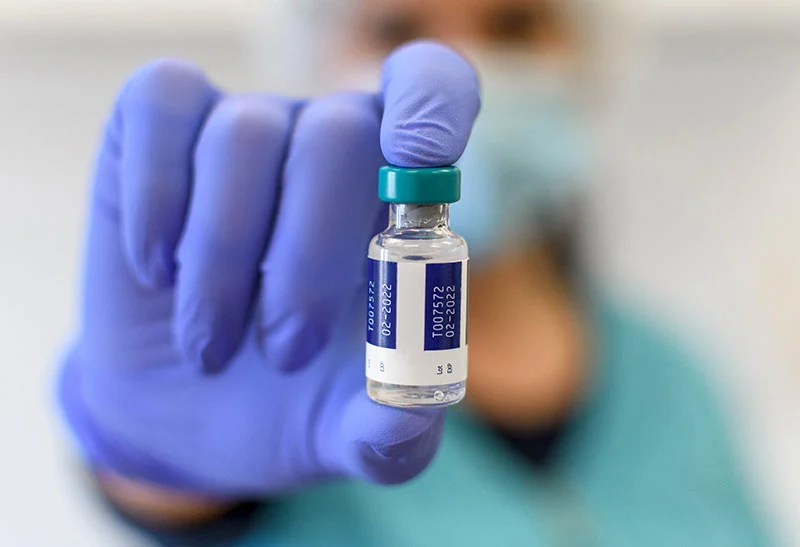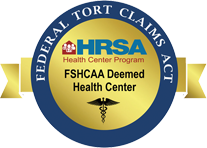This article is a continuation of the previous article about baby rashes.
Cradle cap (seborrheic dermatitis) shows up as scaly patches on a baby’s scalp, neck, armpits, or diaper area in the first few weeks of his/her life. The exact cause is unknown, but it could be the production of too much oil(sebum) in the oil glands and hair follicles, trapping dead skin cells or a fungus called Malassezia that grow in sebum along with bacteria. If you baby develops cradle cap, washing his/her hair and softly brushing out the scales can help control it. It typically goes away within a few months, but you may need a special shampoo prescribed by a doctor.
Scabies is rash caused by a microscopic mote that burrows into the skins and lays its eggs. The rash will appear within about two to four weeks of the eggs being laid. In infants it will appear as fluid-filled bumps that are often limited to the palms of the hands and soles of the feet. With older babies you may see the bumps next to reddish burrow marks. If you think your baby has scabies, see his/her physician as it needs a prescription to treat. The physician may gently scrape the skin for a sample to test. If it is positive a medication in the form of a lotion will be prescribed and need to be put all over your baby’s body. Scabies spreads easily so the whole family will usually need to be treated as well.
Hives is an itchy rash that can be red or bumpy or appear as welts with pale centers. It can also look like bug bites. Hives can appear all over the body or in one area. It can even change locations on the body from one hour to the next. Hives can be a symptom of a virus, a food allergy, a medication allergy, a reaction to a plant or soap, or reaction in an insect bite or bee sting. An over-the-counter antihistamine can help reduce any itching from the hives and a cool compress to the affected area may also provide some relief. If you believe the hives were caused by a medication or food, stop it immediately and contact your baby’s doctor. If you baby is also wheezing or having trouble swallowing, seek immediate emergency care as he/she may be having an anaphylactic reaction.
Impetigo is a contagious infection that causes a round red rash that typically appears on the nose, mouth, and ears. A long as there is a rash, impetigo is contagious. During that time your baby should not be around other children and you should avoid touching to rash to avoid spreading it. Impetigo is caused by staphylococcal or streptococcal bacteria that can enter the skin via a cut or insect bite. Antibiotics will be needed to treat the infection and a test will. Be done to see which bacteria caused the infection so the right bacteria can be ordered.
Ringworm is a rash that consists of red scaly patches that are oval or round. Ringworm can sometimes be confused with cradle cap or dandruff as it can cause hair loss if it appears on the scalp. Ringworm is caused by a fungus and can be spread from person to person or from animals to people. If you think your baby might have ringworm, see his/her doctor who will
prescribe a cream or recommend an over-the-counter medication. Ringworm should start to clear up within a week of starting treatment.
There are several infectious rashes such as measles, chicken pox, scarlet fever, thrush, and roseola. If you suspect your baby may have one of these rashes, make an appointment with his/her doctor for the best treatment options. Also, if your baby has any type of rash that is accompanied by a fever, persists for more than a week, doesn’t respond to home remedies, or causes pain or irritation, call you baby’s doctor for an appointment. If you baby has a rash accompanied by a high fever, stiff neck, sensitivity to light, neurological changes, uncontrollable shaking, or widespread hives develop seek medical help immediately.
Candice Hutchins is a registered nurse and has been working at the Health West Pediatrics clinic since April of 2019.








